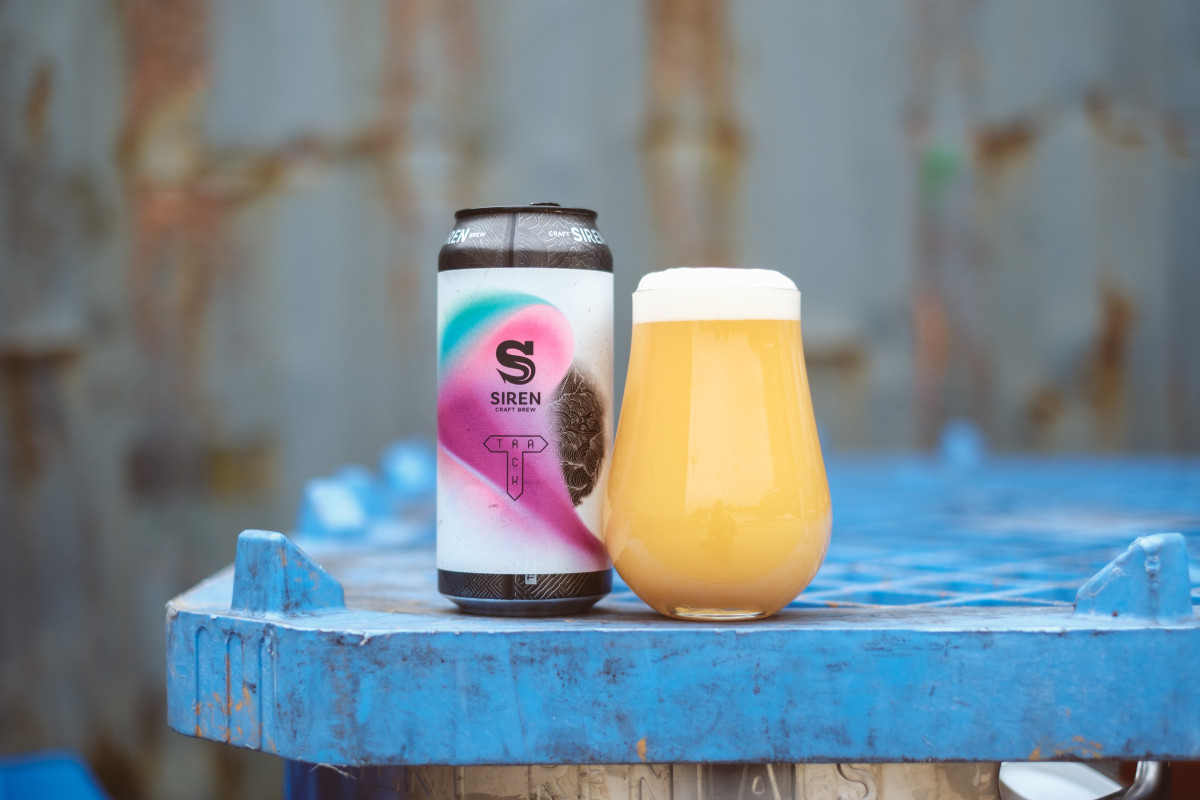
What is an IPA - A deep dive into the India Pale Ale
If you’re reading this, then we don’t doubt that at some point you’ve enjoyed an IPA; probably more than one or two. You’ve probably also read a few blogs about exactly what an IPA is, and you’ve probably had one or two conversations about the history of IPA and how it came to be. You’ve also probably had one or two debates about classifications - is Session IPA a thing? Does Black IPA count? What’s a Sour Grapefruit IPA?
Well, we want to throw our hat into the debating ring with a look back on the history of IPA, our take on what an IPA is, and the future for the humble India Pale Ale.
What is an IPA?
India Pale Ale, or IPA as we all know and love it nowadays, is no doubt the darling of the craft beer industry. Whilst big imperial stouts, or barrel aged beauties might get the highest plaudits, IPA is the go-to. When it comes to good beer, we’re all on a journey of discovery. More often than not, an IPA is the network of planes, trains and automobiles that take us from one flavour destination to the next.
Nowadays, the IPA umbrella covers a wide, and incredibly varied range of beers. This list includes, but is almost certainly not limited to: English IPA, New England IPA (or East Coast IPA), West Coast IPA, No Coast IPA (or Mountain IPA), California IPA, Belgian IPA, Micro IPA, Session IPA, Double IPA, Triple IPA, White IPA and Black IPA.
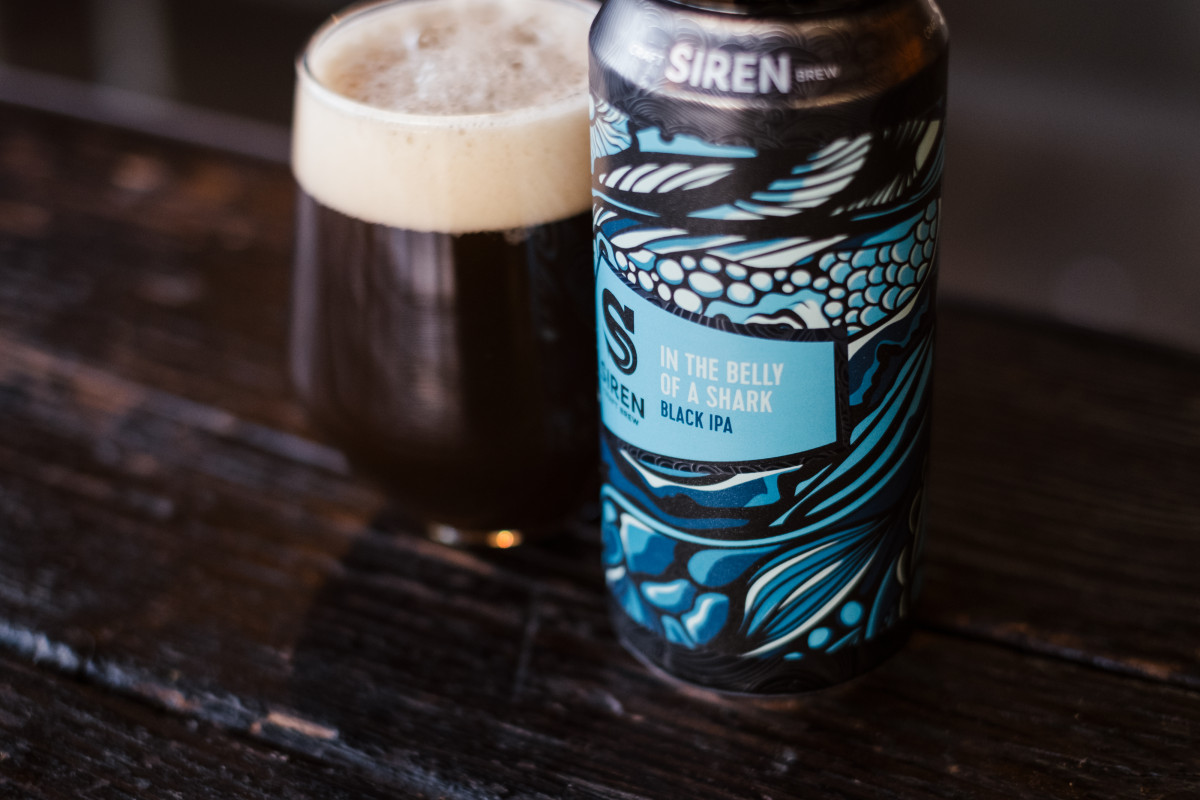
We’ll get into the history of IPA in a moment, but essentially an IPA is a Pale Ale with a higher threshold of hops. If you're looking to find out the exact moment that a Pale Ale becomes an IPA, you're going to be disappointed. There’s no definitive point at which a particularly hoppy Pale Ale becomes an IPA. Indeed, you’ve probably had Pale Ales with far more hops than some IPAs. Essentially the decision on what a beer will be referred to as is all down to the brewer - or indeed, more often than not in modern breweries, the marketing department.
Historically, IPAs have largely been categorised by ABV. IPA has often classically been defined as a beer with an ABV of more than 5.5 - 6%. But… they aren’t, are they?
Some people will tell you that a Session IPA can’t exist, because of the nature of what an IPA is, and that ABV expectation. In our view, Session IPA does exist and is a thing because… well, because it is, isn’t it? There are 1000s of Session IPAs in existence.
To paraphrase René Descartes - “Bibimus, ergo est” - We drink, therefore it is.
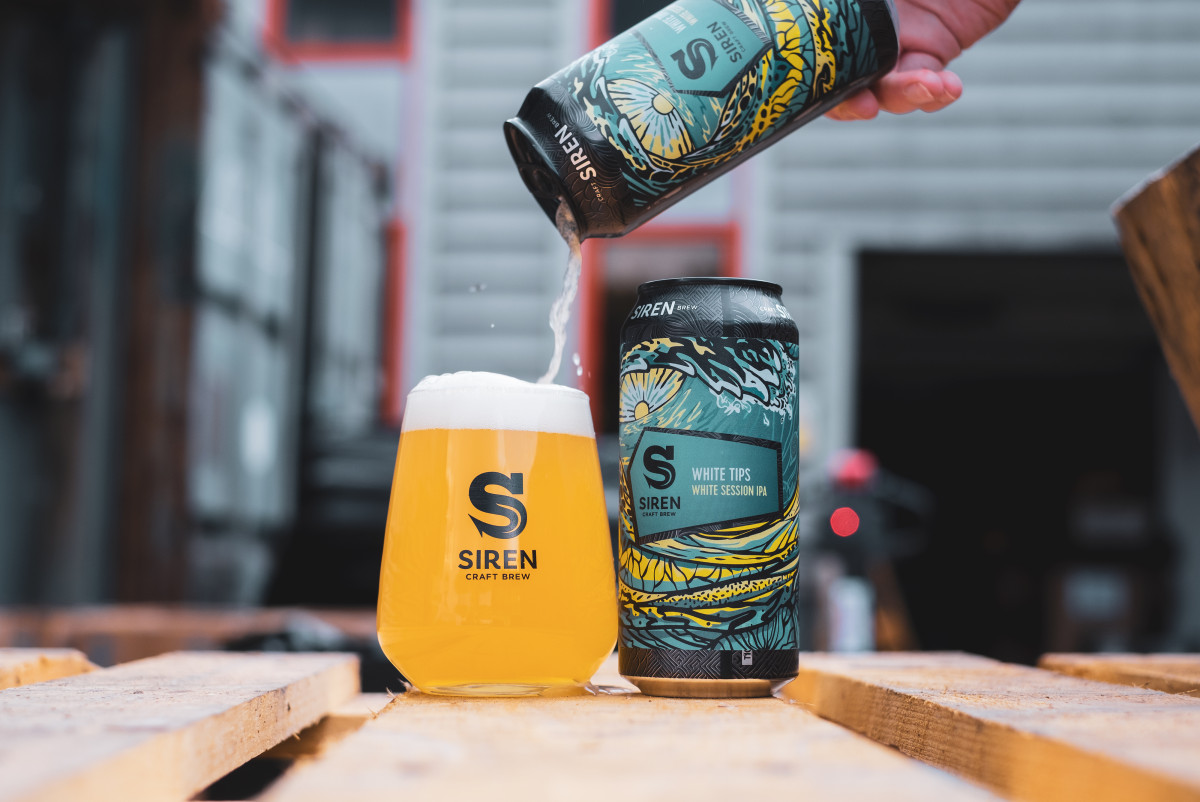
At one stage, someone might have said that an IPA doesn’t exist. They’ll have told you that it’s a Pale Ale prepared for the export market. But beer, as with everything in life, is an ever-developing and progressive product. Brewers, and especially modern craft brewers, are innovators and experimenters. They’re pushing the boundaries of what’s possible and achievable.
20 years ago, that list of IPA styles would have been far shorter. And indeed now we could even add the likes of Cold IPA, Kviek IPA, Thiolised IPA and increasingly - Alcohol Free IPA. If we’re judging a Session IPA on alcohol content alone, then what do we call an AF IPA?
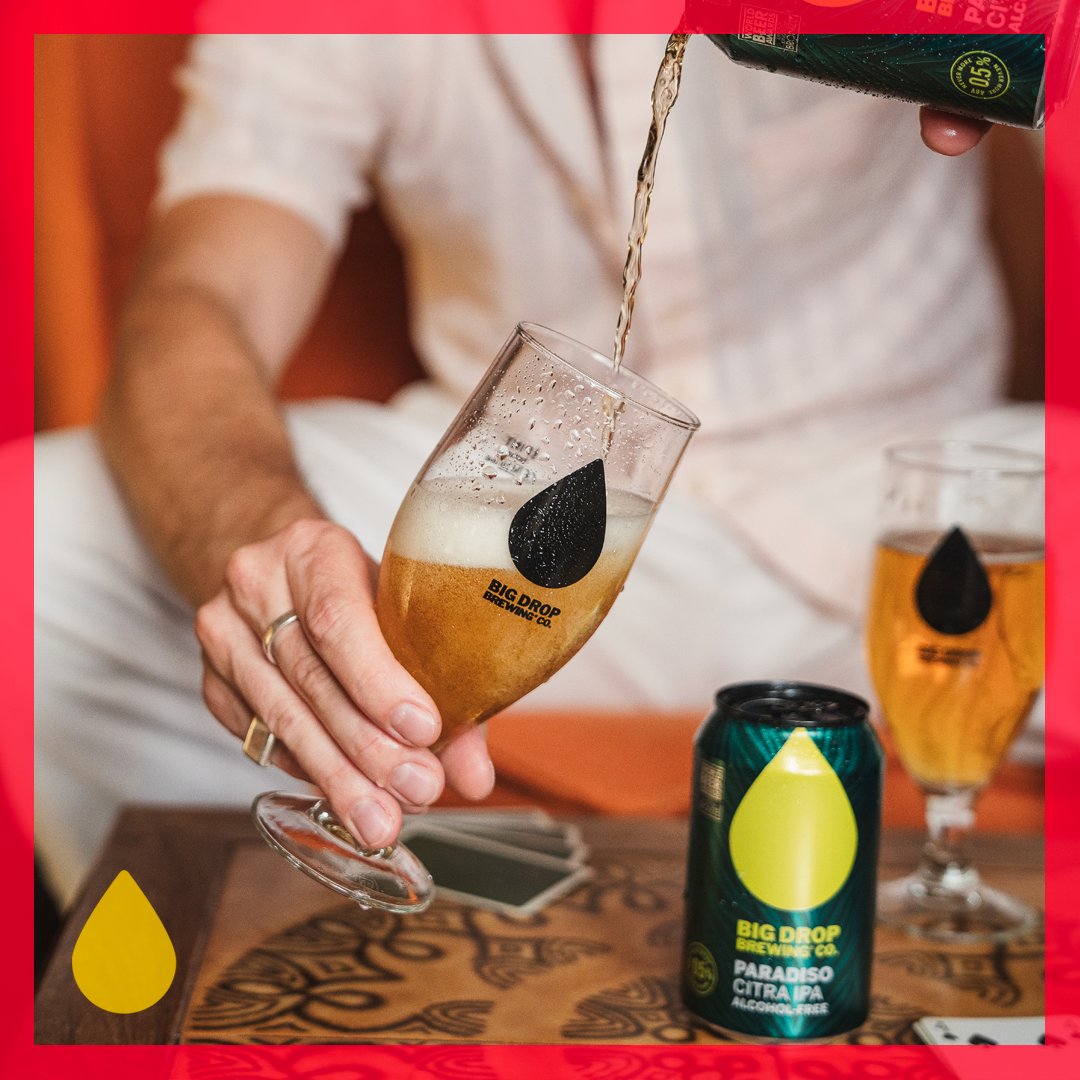
A beautiful example of a great AF IPA from Big Drop.
There’s an argument to be made that it’s all marketing, and we think that’s just fine. Marketing is everything. We want beer to be accessible, available and interesting for everyone. The idea of a 6% or more beer still puts a lot of people off. Whereas something with a more approachable ABV, like a 4.2% Session IPA is more comprehensible to the average pub goer.
In the same vein, for those looking to enjoy beer without the Alcohol, it’s the term “IPA” that draws them in, regardless of the technical or historical definitions.
The History of IPA
You’ve probably read how the East India Company (later the British East India Company) was looking for a way to ship beer to its troops in India. The problem they apparently faced was that beer didn't travel very well, and spoiled quickly in the heat from the long and arduous journey.
The solution, we’re told, was to add more hops to counter the effects of degradation on the voyage - and thus the more heavily hopped India Pale Ale (or Pale Ale prepared for the Export Market, or Pale Ale prepared for the India Market) was born. One of the names you’ll hear about is George Hodgson, a brewer from Bow in East London. Hodgson is largely regarded as being the originator of the IPA in 1787.
However, English Breweries had been making Pale Ales for a long time, since the early 18th century. Malts were dried with a high-carbon-coke (a coal like fuel) which produced a lighter colour in the final product.
In truth, it’s probably not possible to pin the invention of the IPA on any one person, time or place. Many brewers were using more hops in their beers to counteract degradation, but it was Hodgson who had the majority of the distribution in India. These beers weren’t just Pale Ales - heavy hopping also occurred in Stouts and Porters for the same reason (Which is why we also have India Export Porters and the like nowadays).
Moreso, IPA as a style, or brewing concept, was something that evolved over time. After Hodgson (and other UK brewers) started adding more hops to Pale Ale for the export market in the late 18th Century, the term “East India Pale Ale” wasn’t actually coined until around 1835.
These beers and their flavour profiles, appearance and aroma associated with this period would still be a million miles away from the IPA we know and love today.
The Birth of Modern IPA
For the origins of Modern IPA, we actually go back in time to 1620, when English settlers arrived in the US. These pilgrims cultivated English hop varieties, cross cultivating with wild new world hops.
As the settlers spread out across the US, so did hop growing. Whilst hops are grown successfully all over, the Pacific Northwest (or Cascadia as it’s sometimes known) was discovered to be the perfect home for growing hops. In 2021, the Pacific Northwest accounted for 99% of the hops grown in the US.
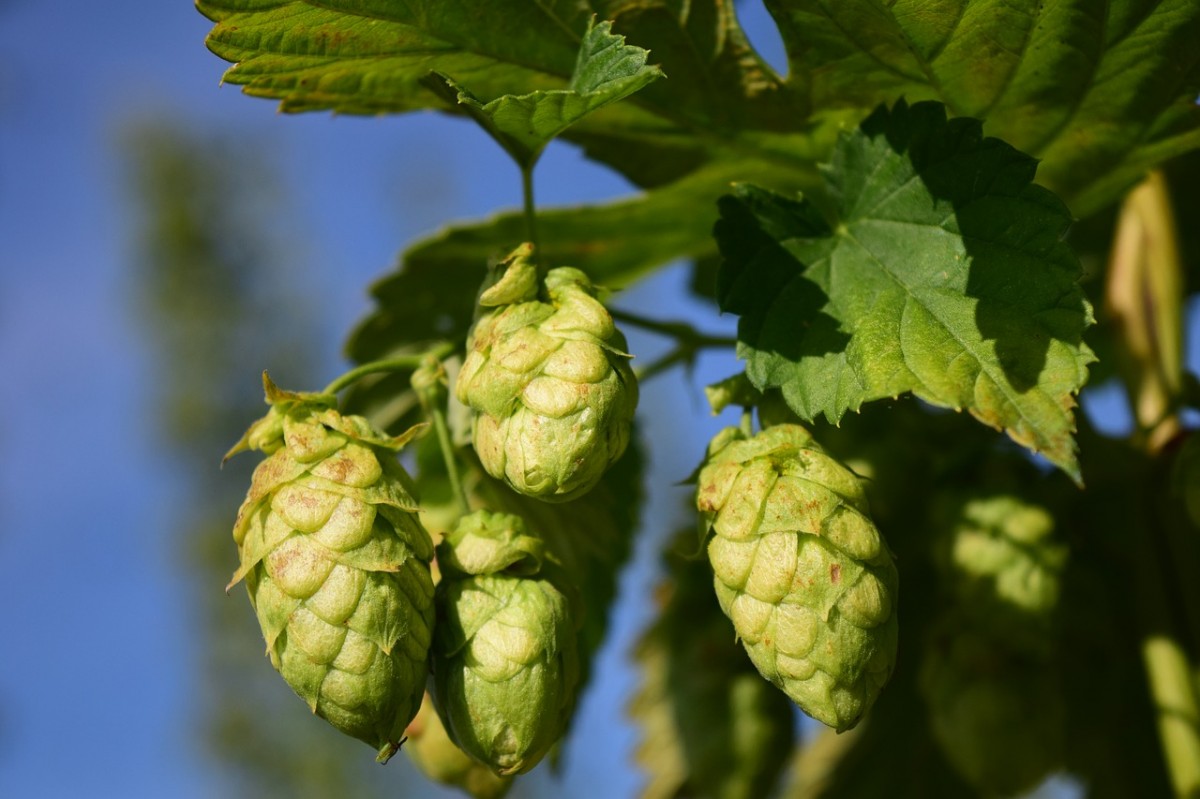
The Yakima Valley alone accounted for nearly 69% of those hops. That’s more than the Czech Republic, China, Poland, Slovenia, Australia, New Zealand, Spain and the UK combined. Considering that those countries make up 8 of the top 10 hop producing countries in the world in 2021, that’s quite some scale.
| Country | Lbs produced |
|---|---|
| United States | 116,000,000 |
| Germany | 104,000,000 |
| Czech Republic | 18,200,000 |
| China | 15,500,000 |
| Poland | 7,500,000 |
| Slovenia | 4,800,000 |
| Australia | 3,750,000 |
| New Zealand | 2,700,000 |
| Spain | 2,080,000 |
| United Kingdom | 2,010,000 |
In the 1960’s this area and its mountains gave life to a namesake hop that would change the taste of beer forever - Cascade.
Cascade was bred with a natural resistance to mildew, making it commercially exciting. But it also surprised and delighted growers and brewers alike with its grapefruit, citrus, pine and floral aromas. This hop would change the face of modern American brewing.
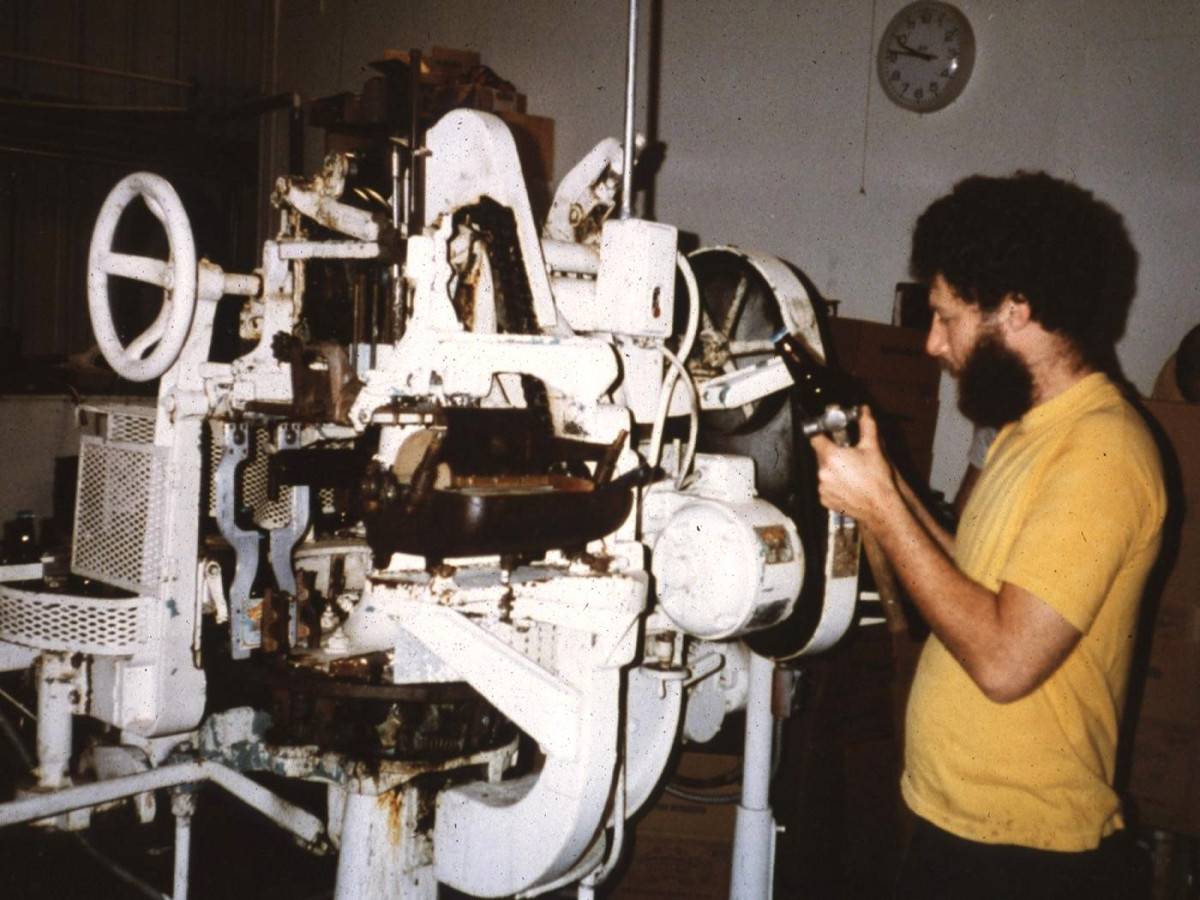
In the early 1970’s, a plucky young homebrewer first put his nose into a bag of Cascade and immediately started using it as an aroma hop. By late 1980, the homebrewer-turned-pro brewed up a first batch of Stout (featuring Cascade) and a few days later, the first batch of a Pale Ale, highly hopped predominantly with Cascade. This beer would go on to be known around the world as Sierra Nevada Pale Ale.
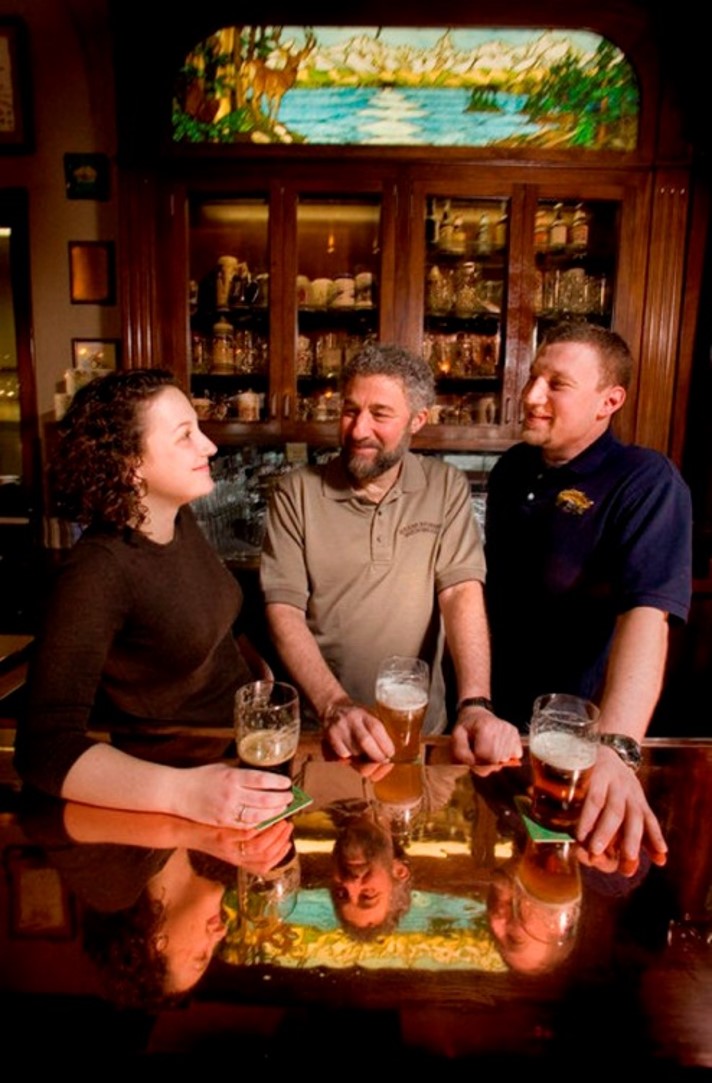
The brewer, Ken Grossman, used Cascade mostly for Aroma - late hopping in the kettle, in the whirlpool and dry-hopping. The idea of high-hopping rates for export purposes was well and truly a thing of the past. Hops had a new purpose, taking us to flavour and aroma town.
At the time, most commercially available beers in the US were light lagers. Sierra Nevada Pale Ale was a standout beer that changed the tide for not just American beers and brewing, but the nature of Craft Beer worldwide. The Modern IPA was born.
This is why we chose that beer to pay homage to with our Time Hops series. Time Hops: Cascade was our take on Sierra Nevada Pale Ale, and we loved bringing beer history to life.
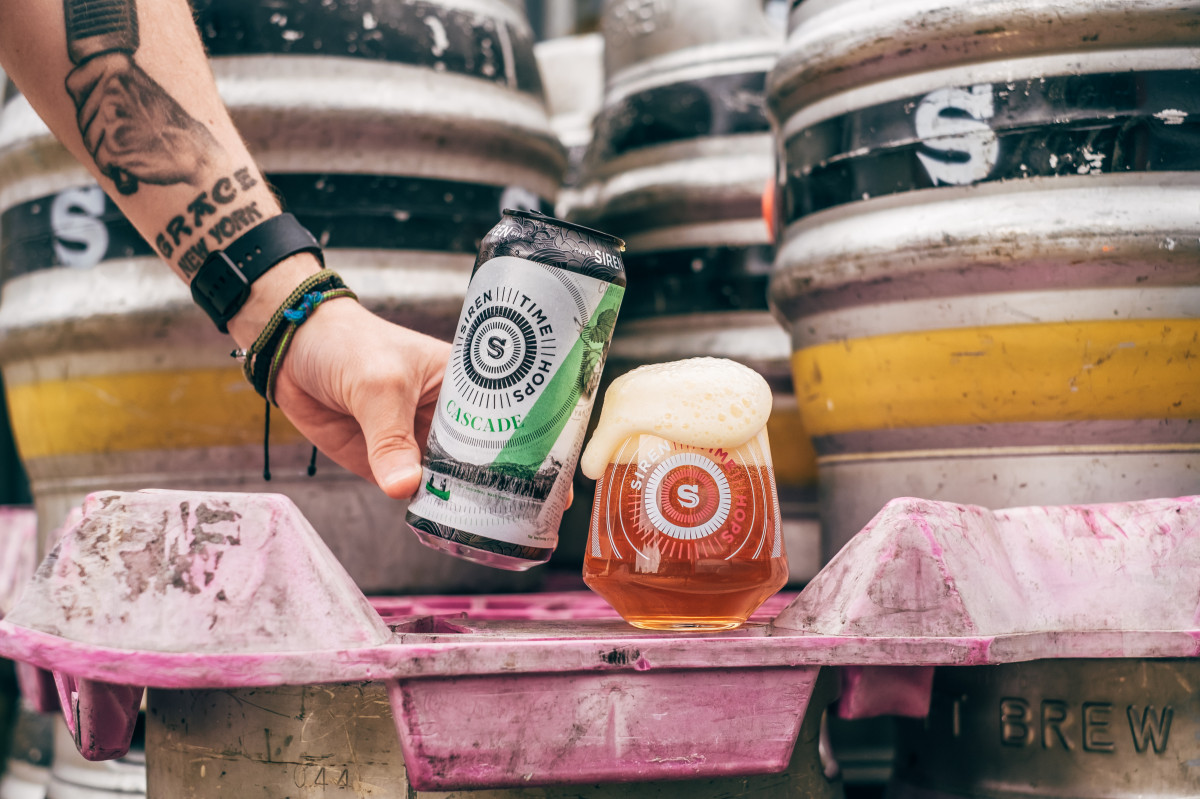
IPA in the 21st Century
IPA nowadays has grown in tandem with modern hop growers reaching new heights exploring the possibilities of the humble hop. Hops are now bred and developed for a specific purpose, with some very specific flavour profiles. Not only that, modern brewers can use pelletised, or even liquid hops.
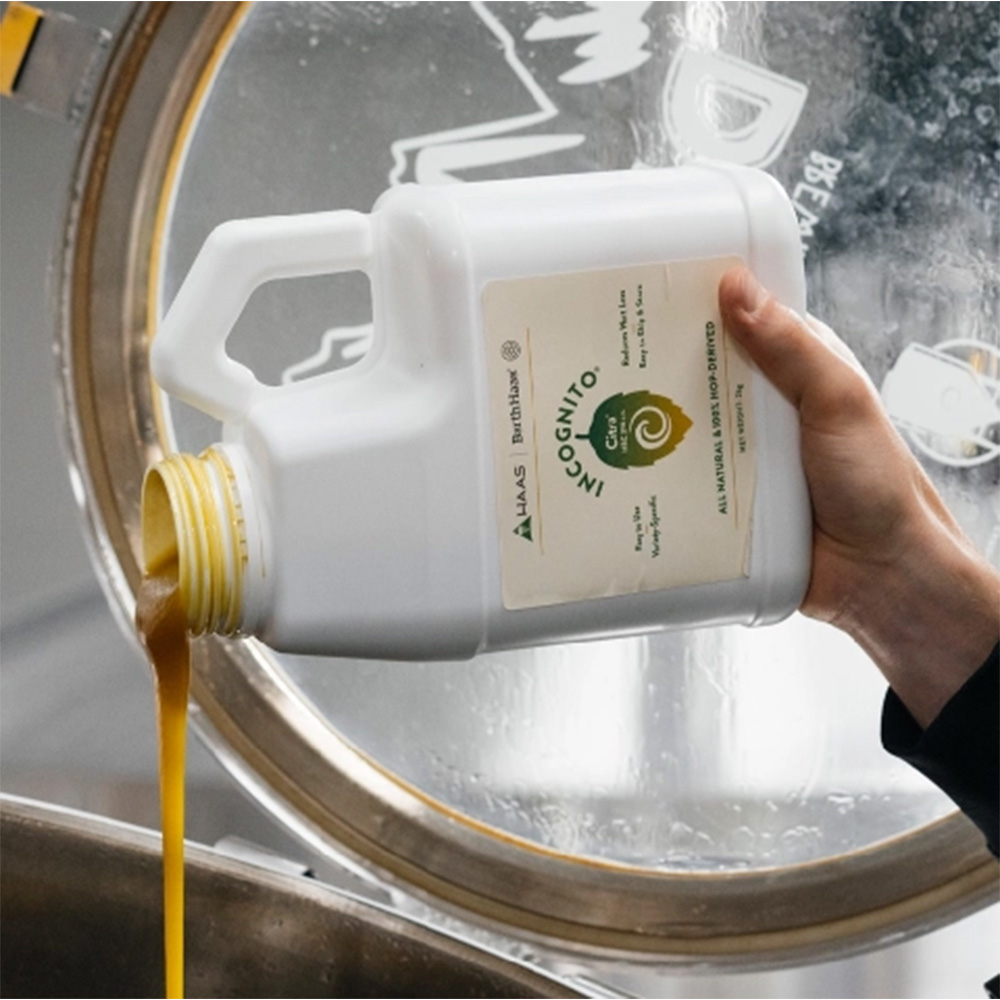
When you brew with fresh hops, you’re limited in the amount you can physically add to a brew. This is because the part that introduces aroma and flavour to a beer (lupulin) is only a small part of an overall larger hop cone. This leaves a lot of ‘waste’ vegetation. With pelletised, or liquid hops, modern brewers can add a far higher rate of hops than ever before, and that means more flavour, and more to experiment with.
Who knows where the future of IPA will take us, as brewers experiment further, and let’s face it, Marketing teams and creative brewers come up with more terms and ideas!
Our recent collab with Track, Doing Science, uses CGX Hop Pellets
As a beer loving world, we’ve embraced the variety of IPA available. Hazy is the new normal and beers are increasingly unique as brewers combine modern hops with different yeasts and malts for some truly exciting results.
IPA deserves its place as the darling of the industry.
The Future of IPA
Like those early hops on a long journey to India, some of the trends of the last few years seem to fade away. Like David Brent’s heels, you can still find ‘em, but Kviek IPAs, which had a summer of love, are now few and far between in the UK. Brut IPA (a clean, dry style) never quite took off and we’re still at the early stages of Thiolised IPA and Cold IPA.
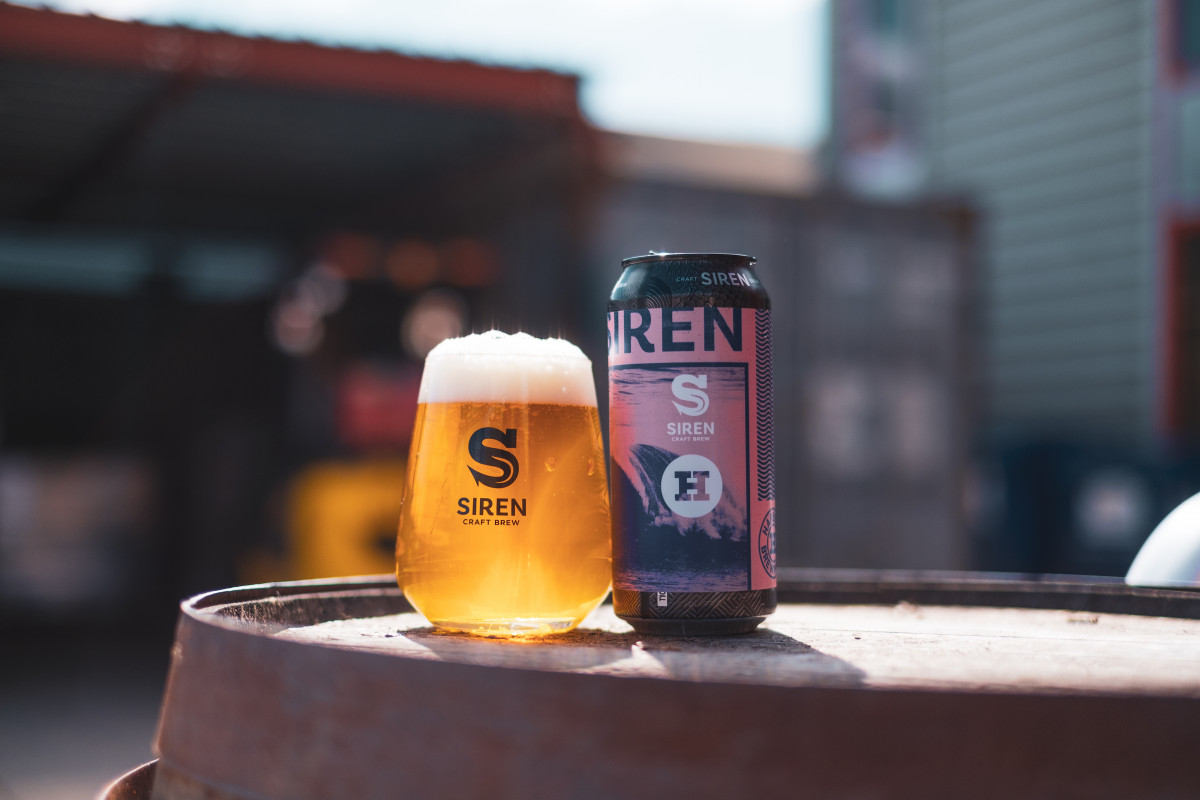
IPA has changed so much over the years, and has had so many thousands of takes, styles and definitions that it’s now almost beyond categorising. It’s not a convenient box shaped product that we can easily define - it has become a beast to itself, and is somewhat open to interpretation.
So what does IPA mean to us? Well apart from STILL being our favourite style and the one we brew the most, actually one thing has stayed true over the years. We love the resinous bitterness that only hops and IPAs can provide, it makes beer unique as a drink, and you’ll very rarely find a hoppy beer from us that doesn’t have at least a hint of clean, hop bitterness freshening up your palate.
Whatever, and wherever IPA goes, we’re here for the journey, and we hope it’s a long and prosperous one.
As a final point, whilst hosting a Virtual Private Tasting recently, we were discussing the best time to enjoy an IPA. My answer was simple... it's anytime, anywhere, anyplace, but best enjoyed in the company of others. Grab a beer, phone a friend and enjoy.
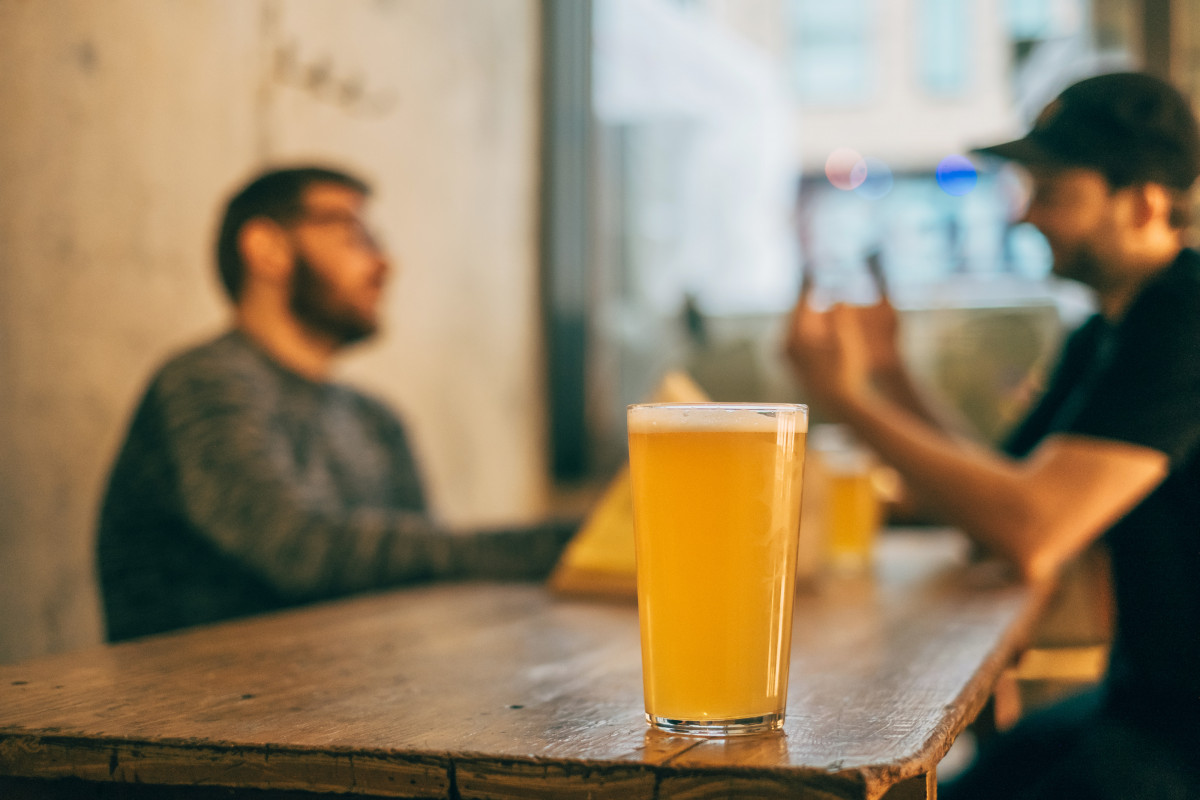
DISCOVER OUR OTHER STORIES
Siren x Red Fin Press Release
Read MoreWe're pleased to announce a new partnership with Red Fin Cider which is set to provide quality flavourful beverages to pubs, bars and restaurants, while remaining a non-financial agreement. Scroll down...
MAVKA 2024 - WITH HOOK NORTON & NOXAID UK
Read MoreIntroducing the return of one of our favourite ever dark beers, once again supporting a very worthy cause.
October Newsletter
Read MoreAutumn has come upon the brewery in a flurry of falling leaves and a murmuring of excitement as both days, and beers, grow darker - more on that soon. We’ve got a lot coming up on our radar between...


